How to Grow a Cherry Tree: 6 Simple Steps
-
Ed Malaker
- Last updated:
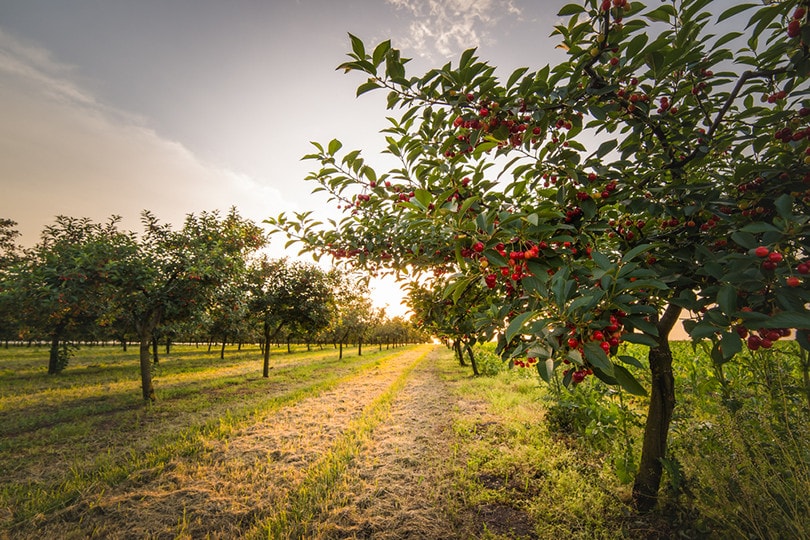
Many cherry trees grow well in the United States. They are ideal choices for gardeners because they provide plenty of fruit for tasty treats. However, these trees have special needs that you’ll need to know about to get the best harvest. If you’ve never grown a cherry tree before, keep reading, as we provide you with a step-by-step guide to help improve your chance of success.
Before You Begin
Choose When to Plant
The best time to plant your cherry tree is in early spring, when the ground is no longer frozen. If you live in a southern state, you can plant your trees as early as late winter. Planting early will help ensure that the tree has plenty of time to get established before the next freeze.

Choose Where to Plant
Consider the location of your cherry tree before you plant any seeds. Several varieties can grow up to 35 feet tall, with branches that extend 12 feet or more from the trunk, so you will need plenty of space. Planting too close to other trees can interfere with their growth, and planting it too close to your home can cause expensive damage. It’s also important to consider the relatively shallow roots, which can extend out from the tree as far as the branches.
Soil
Cherry trees prefer soft, fertile, well-drained soil. Sour cherries are more tolerant to poor soil conditions than sweet, but both will grow better and produce a larger harvest in the proper soil.
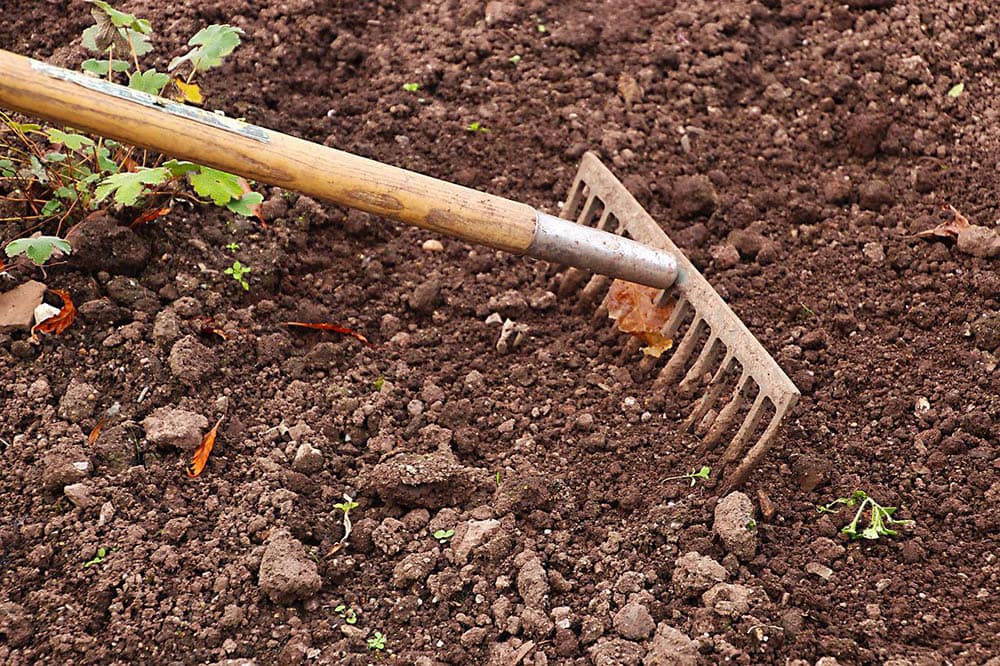
Light
One of the most important ingredients for a healthy cherry tree is plenty of sunlight. For the best results, plant your cherry tree in a wide-open area where it will receive 6 to 8 hours of direct sunlight each day.
Water
You will need to water a new sapling regularly to help it get established, but once it catches on, it’s quite hardy and won’t need much water.
Pollination
Most cherry trees are not self-pollinating, so you need a second tree of a different variety to produce a good harvest of cherries. Even a self-pollinating type of cherry tree will do better when a second tree is nearby.
The 6 Simple Steps on How to Grow a Cherry Tree
1. Starting Your Cherry Tree
Seedling or Young Tree
The easiest way to start your cherry tree is to purchase a seedling or young tree from a local garden or home improvement center. Young trees are usually ready to plant, but seedlings can often stay in the pot until they get established.
Bare Root Tree
A bare root tree is a small tree that you can usually find in the winter that has had the dirt removed from the roots. These trees are ready to plant and usually go into the ground when the weather is still cold.
Seed
Starting your cherry tree from the pit is the most difficult but the most rewarding. You’ll need to prepare the pit by cleaning away all the fruit and soaking it thoroughly before letting it dry for several days. You will also need to put it in a sealed container and place it in the fridge for a week or more to simulate the winter dormancy period. You will then place the seed in a pot filled with loose soil and water it enough to keep the soil moist until the seed sprouts and grows into a small plant.
2. Planting Your Cherry Tree
When you feel that your sapling, small tree, or bare root tree is ready to go into the ground, you’ll need to break up the soil to make sure it’s loose so the roots can expand. Use a garden fork to break up the soil to about 1 foot deep over a fairly large area. Dig a hole in the center that’s 18–24 inches in diameter and 24 inches deep to accommodate the root ball of the cherry tree. Place the root ball in the hole, but keep it about 1 inch above the surface. Replace the soil around the tree, making sure to keep it relatively loose. Ensure that the ground is level with the surrounding area, so no puddles form.
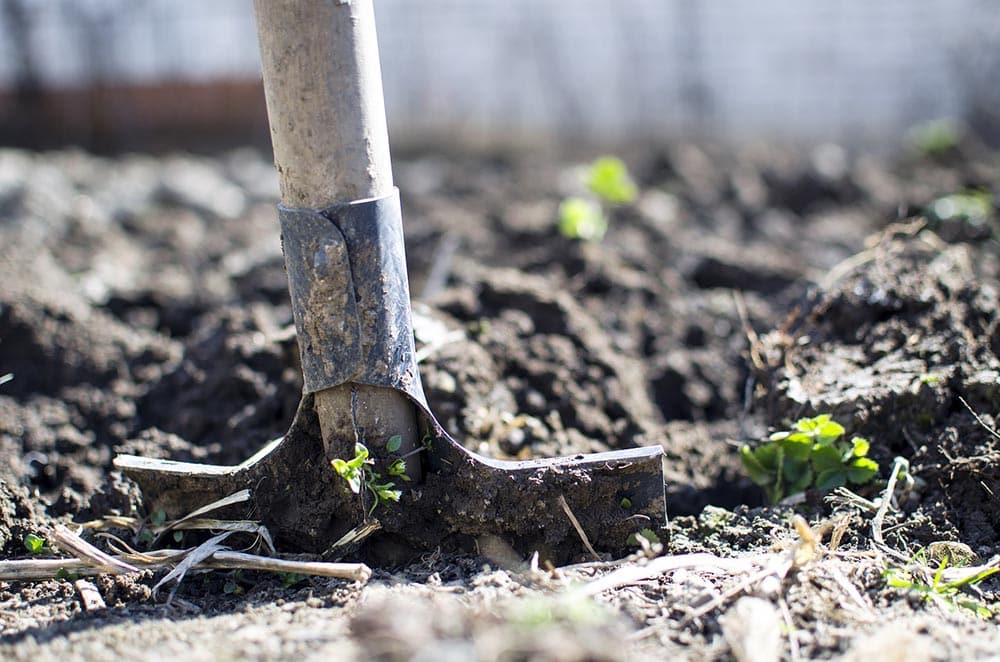
3. Water Frequently
After you get your cherry tree planted, water it frequently for the first few weeks. You want to keep the soil damp without allowing water to pool.
4. Fertilize Your Cherry Tree
Regularly fertilizing your cherry tree will help it grow faster and improve your harvest. Most fertilizers that contain nitrogen, phosphate, and potassium will work fine, but choose one with low nitrogen for the best results.
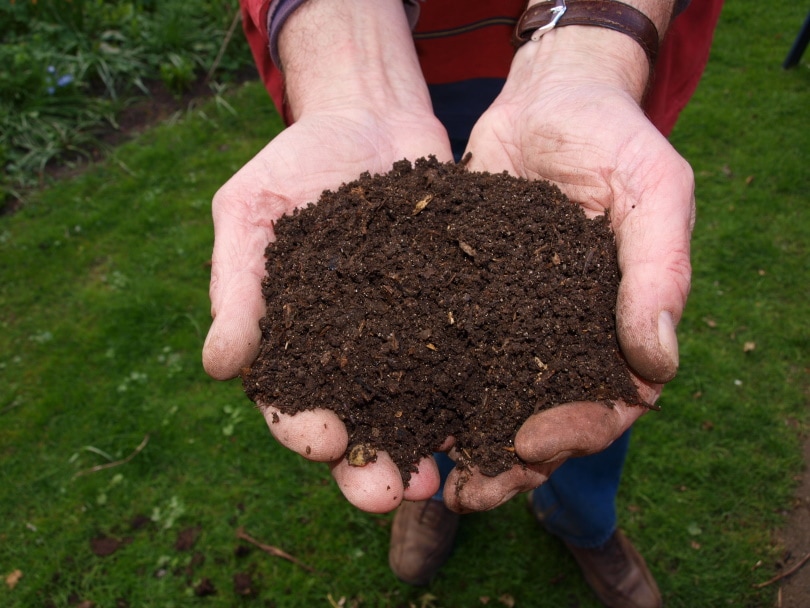
5. Prune Your Cherry Tree
You will need to prune your cherry tree every year to promote new growth, leading to a better harvest.
6. Harvest Your Cherries
With your cherry tree established, each summer will bring excitement as the cherries ripen. Wait for them to turn red, and they should come off easily when you pull them, signifying that they are ripe. Unlike some other fruits, cherries do not continue to ripen after you pick them, so it’s important to learn the best time to do so.
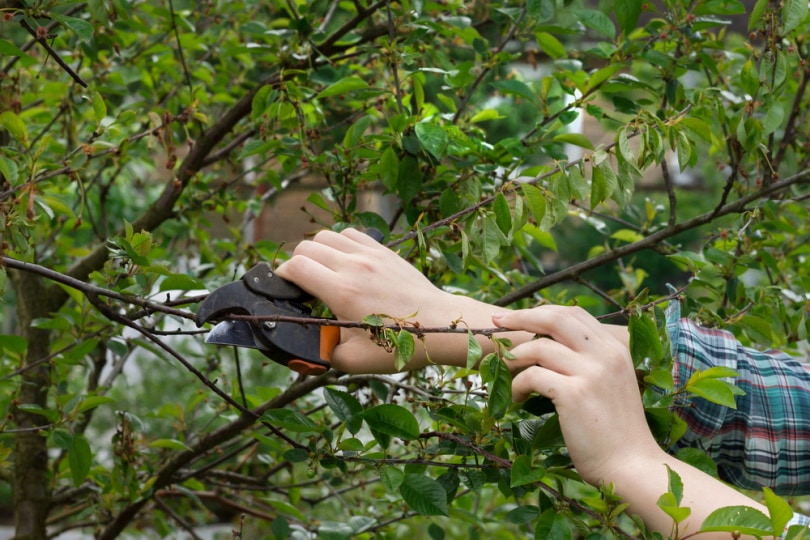
Is a Cherry Tree Easy To Grow?
Cherry trees need a great deal of care when they are small. The roots must be kept moist without getting too damp. However, once the tree is ready to go into the ground, it’s relatively low maintenance and will only require watering and periodic fertilization.
Can I Grow a Cherry Tree at Home?
Yes. Many cherry trees grow well in the United States and produce great-tasting fruit. The downside is that many are quite large, and you need two for a good harvest. However, there are several dwarf varieties that you can grow indoors.
 Conclusion
Conclusion
Cherry trees can be challenging to get started because the roots are sensitive. Many people have the best luck purchasing small trees or bare-root trees, which are already past the hard part and ready to go into the ground. Once established, low-nitrogen fertilizer will help produce more cherries. You’ll need to water the tree if it doesn’t rain because the roots are shallow, so it doesn’t have access to the underground water tables.
Featured Image Credit: Fotokostic, Shutterstock
Contents

